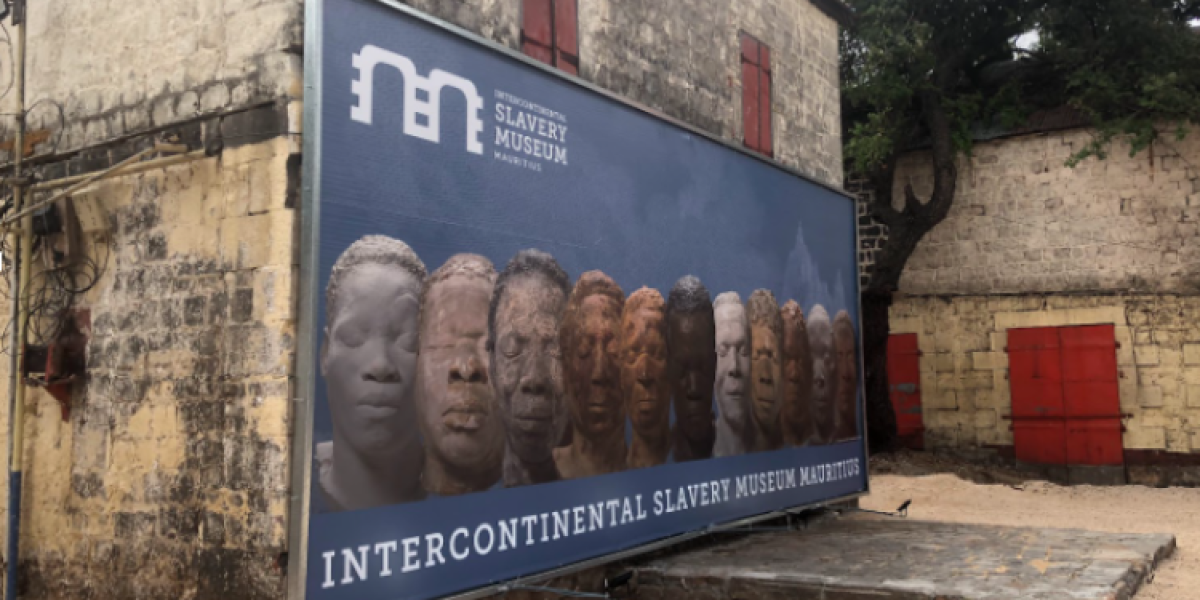
The Intercontinental Slavery Museum, which had started displaying temporary exhibitions in 2020, finally welcomed the public on September 4, 2023. This significant achievement is the result of many years of renovation work on the former Labourdonnais military hospital, now transformed into a place of remembrance.
Ten years in the making
This museum project has been in the works for over a decade. It was initially recommended in the Truth and Justice Commission (TJC) report in 2011, and actual work began in 2016. The first phase was unveiled in October 2020, featuring a temporary exhibition open to the public, accompanied by a citizen consultation to encourage collective reflection on this dark period in history.
The choice of location for the museum is deeply meaningful. It occupies the former military hospital of Port Louis, one of the earliest significant structures in the former French colony, constructed in 1740 under Mahé de Labourdonnais, the governor of the island of France. This building, constructed by enslaved individuals, bears the complex and painful history of slavery.
The restoration of this iconic building was a multi-year endeavor funded by the Mauritian government, donations from the Heritage Lottery, and contributions from France, Japan, and the United States. Researchers and students from the University of Nantes and the Musée d'Aquitaine in Bordeaux lent their expertise to designing the various spaces within the museum.
An immersion in local history
The museum provides an immersive experience into the lives of those who endured enslavement during colonization. Visitors can engage their senses: in one room, speakers play the first preserved sega melodies ever transcribed. In another, an original copy of the "Code Noir," a document enacted under Louis XIV that regulated the treatment of enslaved individuals, is on display, bearing witness to the cruelty of the past. The exhibits also include objects that once belonged to enslaved people, such as buttons, bone tools, earrings, and a rosary.
However, the emotional aspect of the museum is particularly striking. The ethnographic busts created by Eugène de Froberville in 1846, molded from enslaved people, serve as a poignant testament to this aspect of Mauritian history. These former African captives' faces, along with their names, origins, and languages, serve as a reminder of the human tragedy of slavery and prompt us to reflect on the importance of preserving memory and seeking justice.
At present, the exhibition is in a preliminary phase, laying the groundwork for what the museum will eventually become. The next stage of the exhibition, which will occupy an impressive 1,000 square meters, will be hosted on the upper floor of the building next year!
The museum is open from Monday to Friday, 9:30 am to 5:00 pm, and on Saturdays from 9:30 am to 2:00 pm. Admission is free.



















